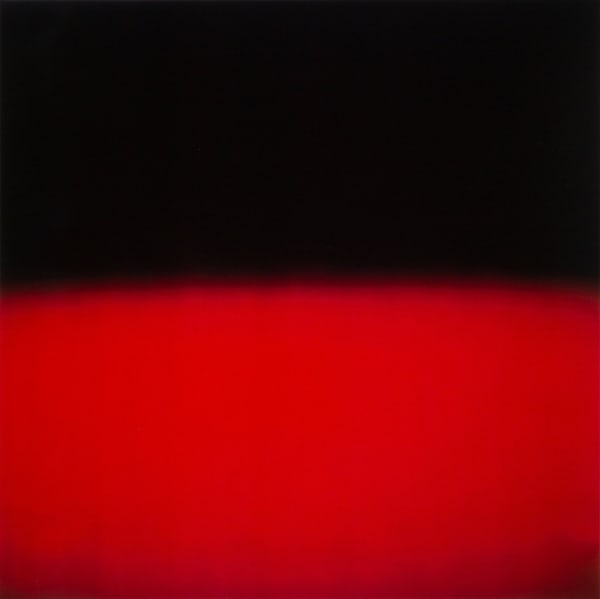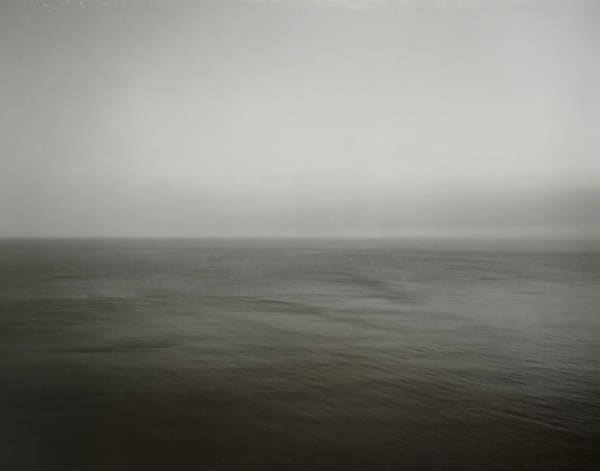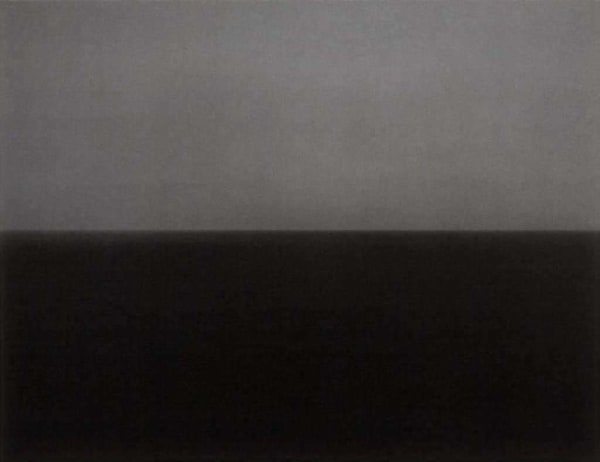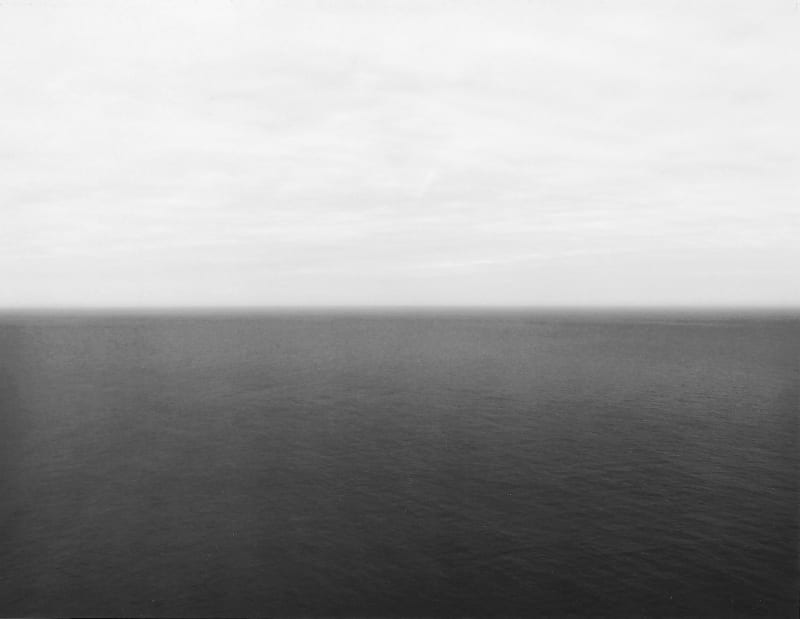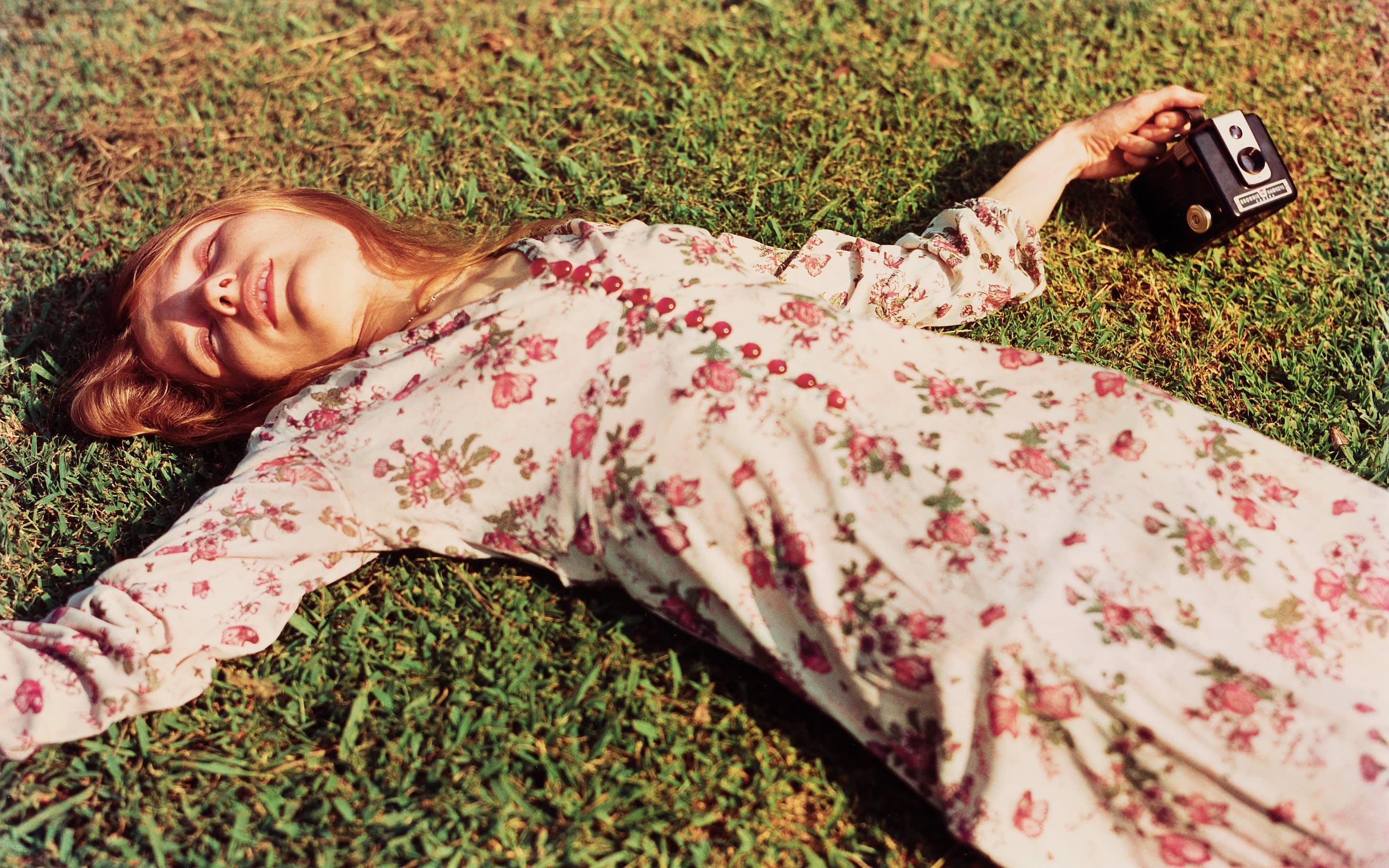Hiroshi Sugimoto
-
 Hiroshi SugimotoOpticks 020 - Red, 2018Sold
Hiroshi SugimotoOpticks 020 - Red, 2018Sold -
 Hiroshi SugimotoTime Exposed #305 Sea of Japan Hokkaido 1986, 1990Sold
Hiroshi SugimotoTime Exposed #305 Sea of Japan Hokkaido 1986, 1990Sold -
 Hiroshi SugimotoTime Exposed #322 Mediterranean Sea Cassis 1989, 1990Sold
Hiroshi SugimotoTime Exposed #322 Mediterranean Sea Cassis 1989, 1990Sold -
 Hiroshi SugimotoTime exposed #357 Ionian Sea, Santa Cesarea (1990), 1990Sold
Hiroshi SugimotoTime exposed #357 Ionian Sea, Santa Cesarea (1990), 1990Sold -
 Hiroshi SugimotoTime Exposed: #352 Miltoan Sea Sounion (1990), 1990Sold
Hiroshi SugimotoTime Exposed: #352 Miltoan Sea Sounion (1990), 1990Sold
Hiroshi Sugimoto is a contemporary Japanese photographer whose esoteric practice explores memory and time. Using the intrinsic quality of long exposure photography, the artist provides insight into how the medium can both obscure and alter reality.
To craft his exquisite black-and-white images, Hiroshi Sugimoto uses a 19th-century-style, large-format camera, exploring his idea of photography as a method for preserving and modelling time. He has said. “Photography is a system of saving memories. It's a time machine, in a way, to preserve the memory, to preserve time.”
Influenced by Surrealism and Dada, Sugimoto's work is intimately connected to Marcel Duchamp, as in his series ‘Conceptual Forms’ inspired by Duchamp's The Large Glass, 1923, large-scale black-and-white photographs of mathematical models and tools.
Ongoing subjects include dioramas, theaters, Buddhist sculptures, and seascapes—the latter captured in a famous series of near-abstractions, coupled with specific geographic titles. “I imagine my vision then try to make it happen, just like painting,” he says. “The reality is there, but how to make it like my reality.”
